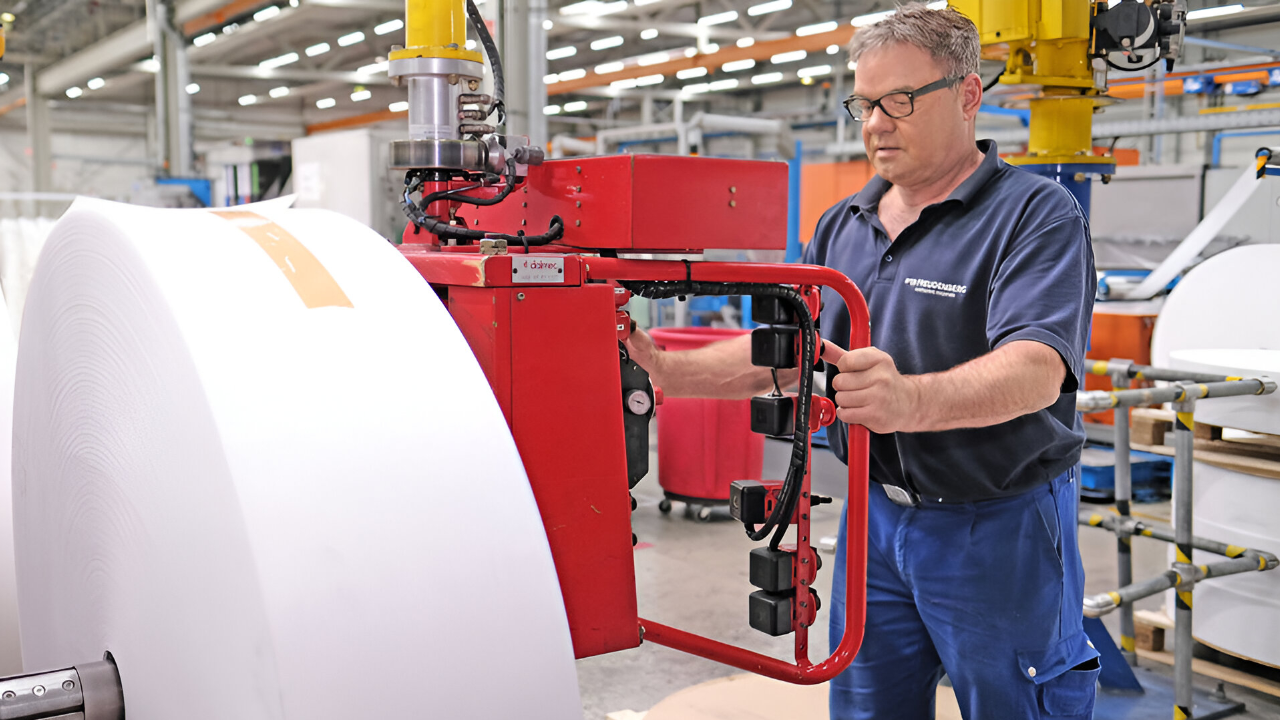
When Freudenberg announced it would close its plant in La Porte, Indiana, the news spread like wildfire beyond the city. National headlines connected the decision to U.S. tariff policy, while locals focused on the 173 workers about to lose their jobs.
The situation showed how deeply trade policy, economic competition, and company decisions are linked together.
Freudenberg’s move stirred debate over whether tariffs or corporate strategy played a bigger role, and what this means for American manufacturing jobs.
Industrial Backbone
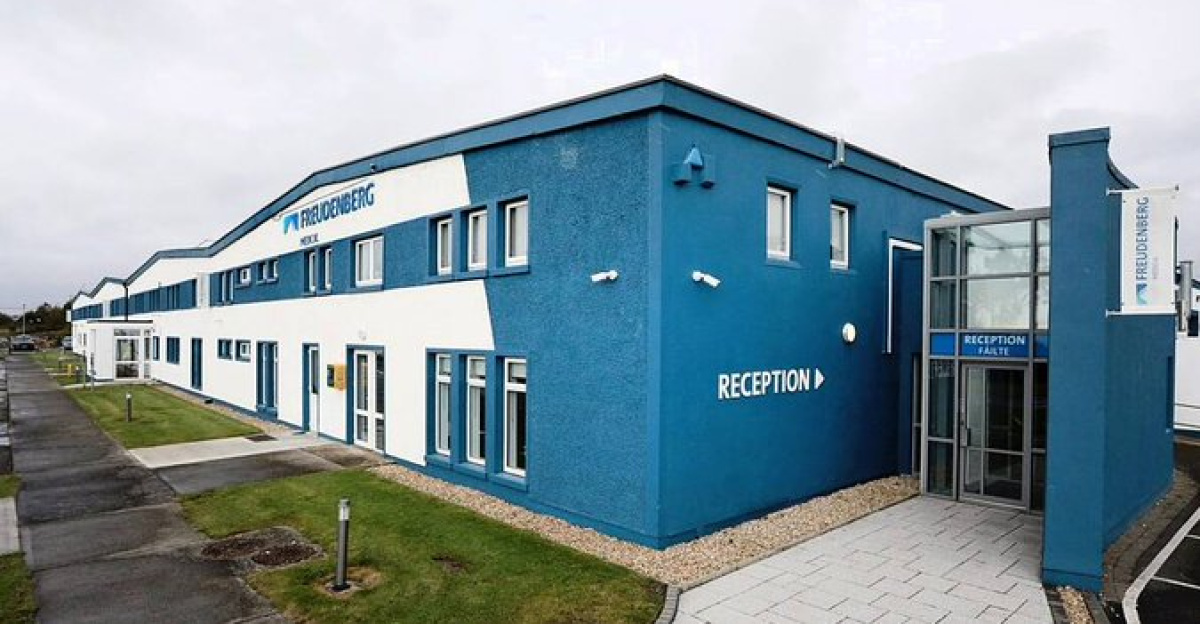
La Porte has long been a manufacturing town, and factories are the backbone of its economy.
The Freudenberg Residential Filtration Technologies plant provided stable employment for families and supplied key parts to various industries. A single closure has an outsized impact in a region where manufacturing makes up nearly 20% of all jobs.
Local businesses, schools, and community groups immediately felt the pressure as news of the shutdown spread.
National Policy Pressure

2025 saw a dramatic expansion of U.S. tariffs on imported goods.
Some industries benefited by selling more domestically, but many—especially those relying on global materials—faced higher costs and unpredictable supply chains.
Supporters of the tariff increases said they would protect U.S. industry, while critics warned they would hurt manufacturing jobs and raise operating costs. Freudenberg’s story became a flashpoint in this national debate.
Corporate Strategy Context
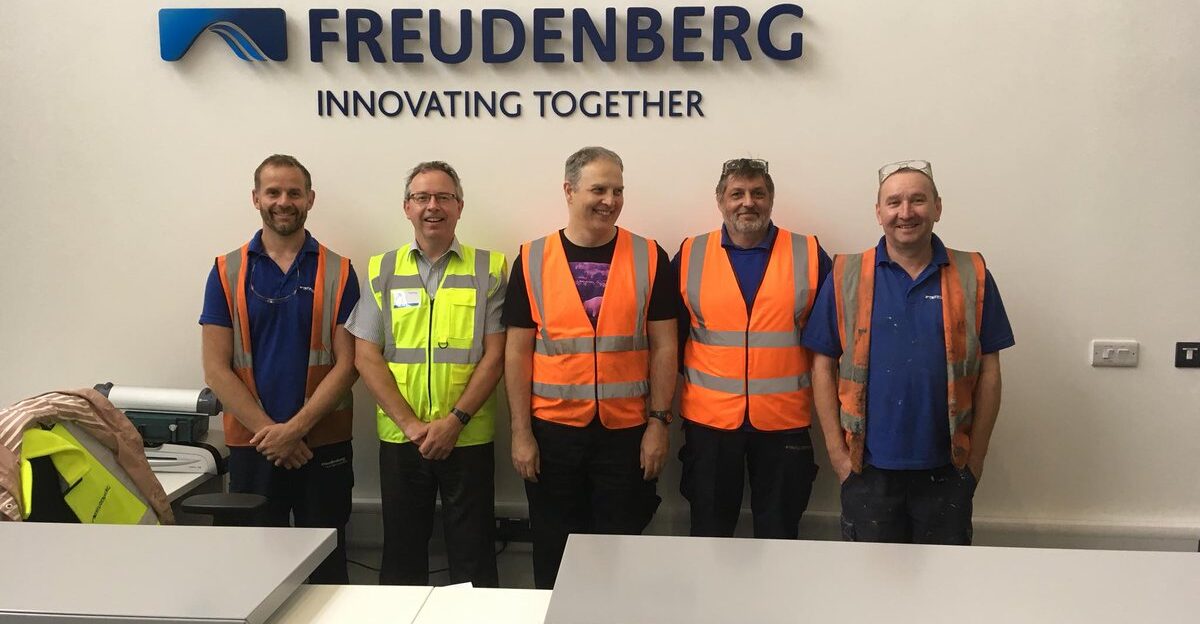
Freudenberg is a massive, Germany-based company with operations in more than 60 countries and over 52,000 employees worldwide.
In its U.S. strategy, the company generally follows a local-for-local model, producing goods within the regions where it sells them to minimize trade disruptions. Over the last decade, Freudenberg expanded into several U.S. states to be closer to key customers and infrastructure.
The decision to leave La Porte wasn’t a withdrawal from the U.S. market but rather a shift toward what company officials described as “strategic consolidation.”
Decision Revealed
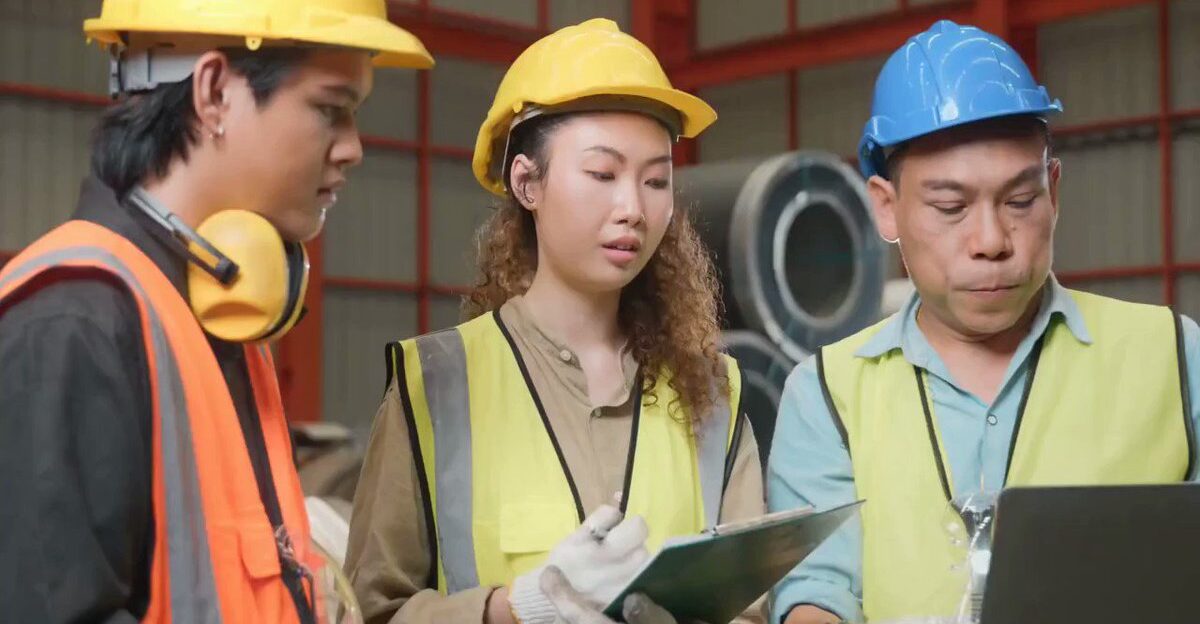
On October 6, 2025, Freudenberg confirmed in a letter to state and local leaders that it would close the La Porte plant and permanently lay off 173 employees by December 5.
The company said the decision was part of its strategic planning, and operations would move to a larger facility in Lebanon, about 90 miles south.
While some observers connected the move to tariffs, Freudenberg’s leadership emphasized internal business strategy and efficiency improvements as the driving forces.
Worker Impact
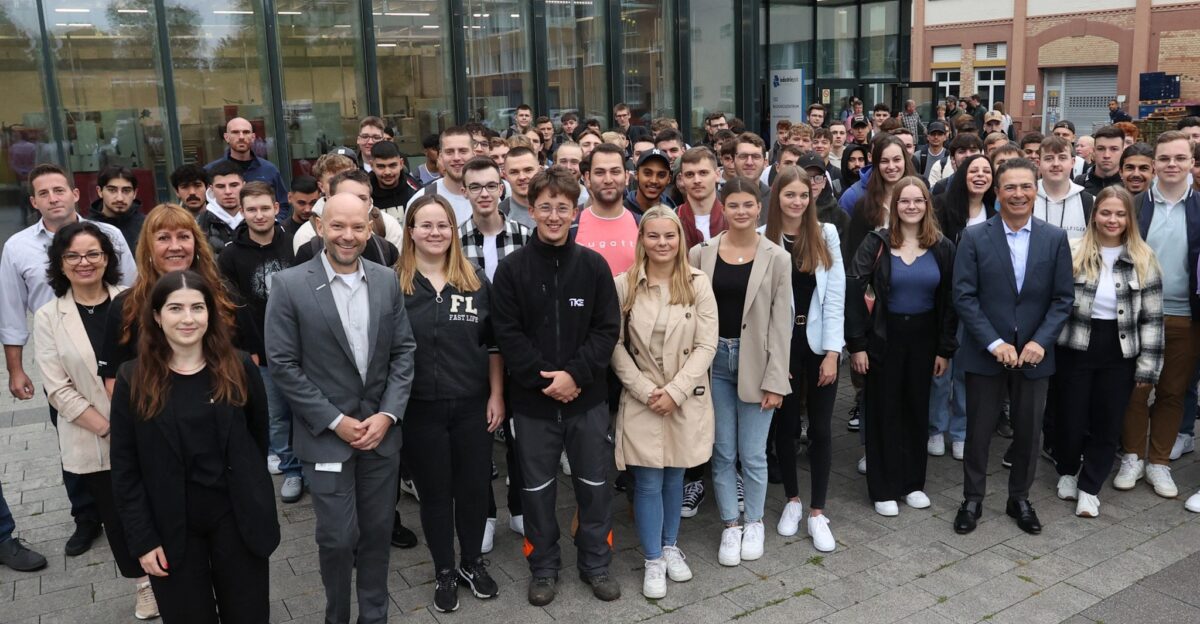
For La Porte’s workers, the closure hit hard. Many employees had worked at the plant for decades, and few local jobs match their specialized skills.
“It’s devastating,” one employee told reporters. The layoffs just before the holidays sparked uncertainty for families and frustration among local officials scrambling to find new opportunities for affected workers.
Community Shockwaves

The ripple effects spread quickly. Local suppliers, maintenance contractors, and surrounding small businesses relying on plant workers’ spending expect losses.
Schools and city budgets may collect less in taxes. Bert Cook, head of the La Porte Economic Advancement Partnership, called it “a strategic loss for the community.”
He explained that the city couldn’t offer new incentive packages because earlier ones for Freudenberg had already been used.
Regional Realignment
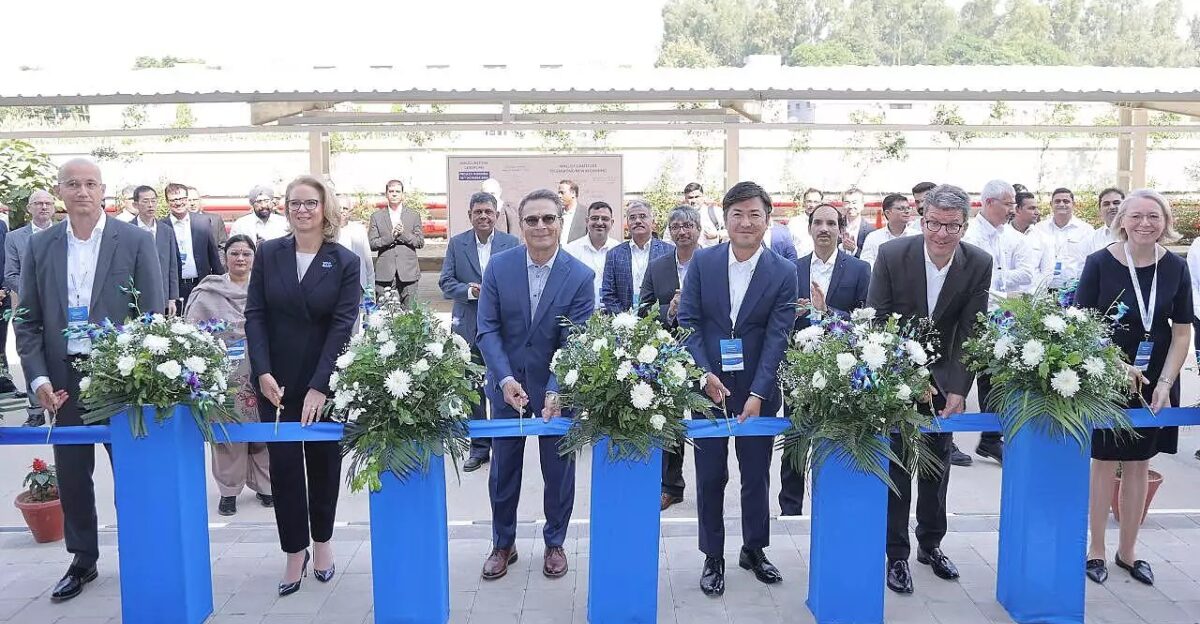
Freudenberg’s new destination—Lebanon, Indiana—is part of a new industrial zone called the LEAP Innovation District.
Thanks to strong state infrastructure and generous incentive programs, the area has attracted billions in investment from advanced manufacturers like Eli Lilly.
Lebanon’s modern transit access, skilled workforce, and ready land make it attractive to companies looking to expand cost-effectively without leaving Indiana.
Broader Economic Patterns
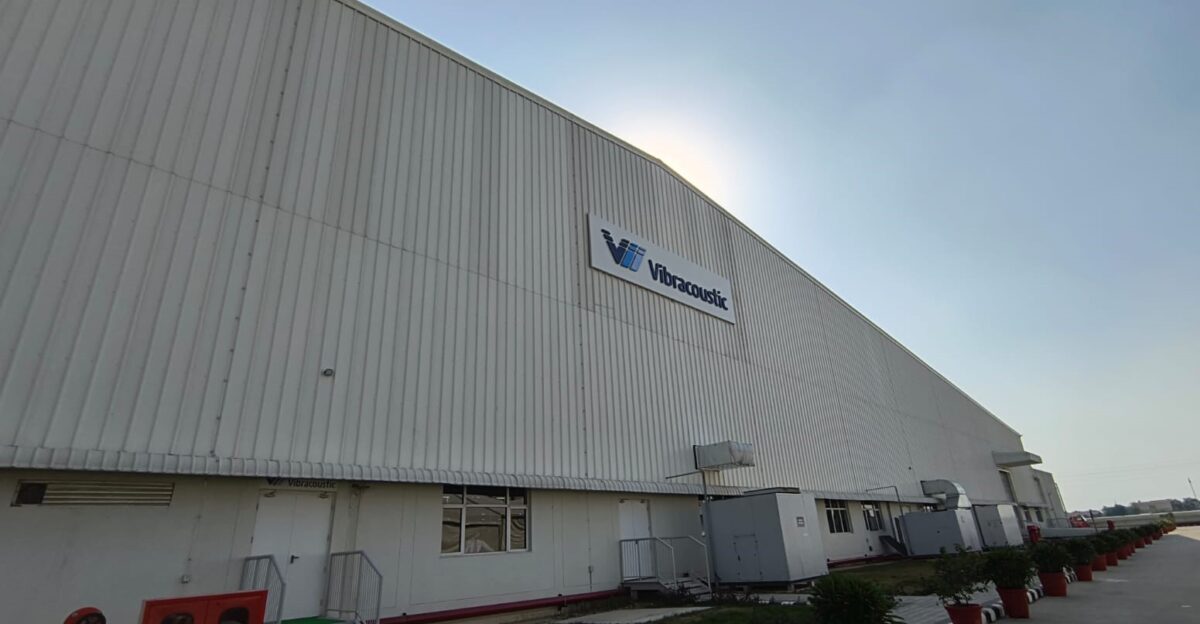
Freudenberg’s relocation fits into a wider Midwest pattern: companies moving within or between states to capture better deals.
Cities and states across the region now compete aggressively through tax breaks, workforce grants, and utility incentives. For losing communities, these relocations can feel like deindustrialization. Winning areas see them as proof of smart business policy.
The shifting balance feeds ongoing competition between Indiana’s industrial cities.
Digging Into Job Loss

Freudenberg confirmed it will cut all 173 positions at its La Porte site, including technicians, supervisors, and production-line operators.
Although Lebanon’s plant could ultimately hire more people in the long term, the La Porte layoffs are permanent. In a small city, even a hundred job losses carry ripple effects—each paycheck lost means less spending at shops, restaurants, and local service businesses.
Residents ask whether better local incentives or state support could have persuaded the company to stay.
Incentives Arms Race
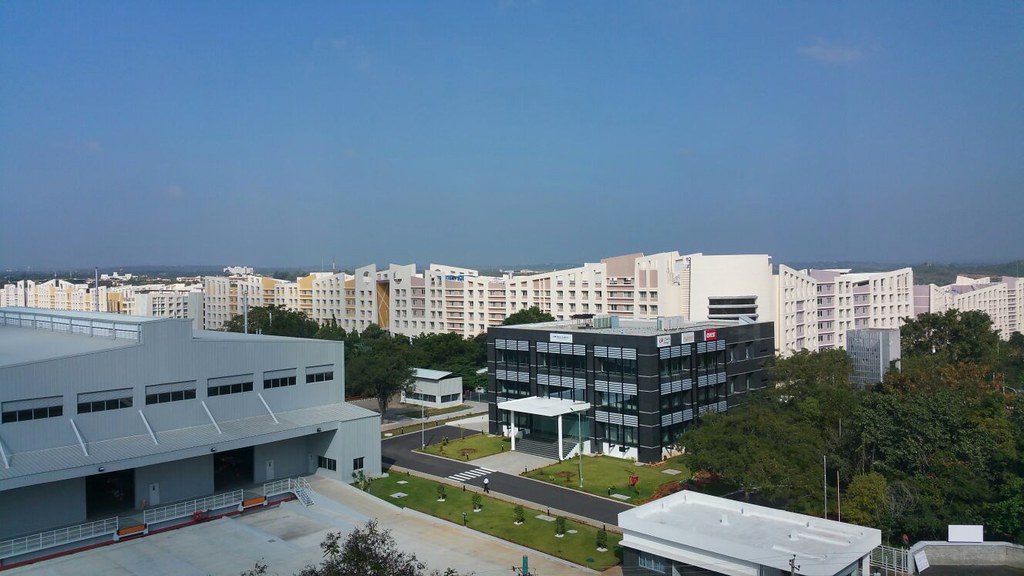
City officials in La Porte acknowledged they could not compete with the incentive package offered by Lebanon.
Bert Cook explained that the city had used most of its available benefits years ago and could not legally reoffer them.
By contrast, Lebanon and its regional partners activated powerful state-backed funding streams to attract major employers.
This competition shows how the economic development “arms race” can shift investment from one community to another—even within the same state.
Strategic Relocation
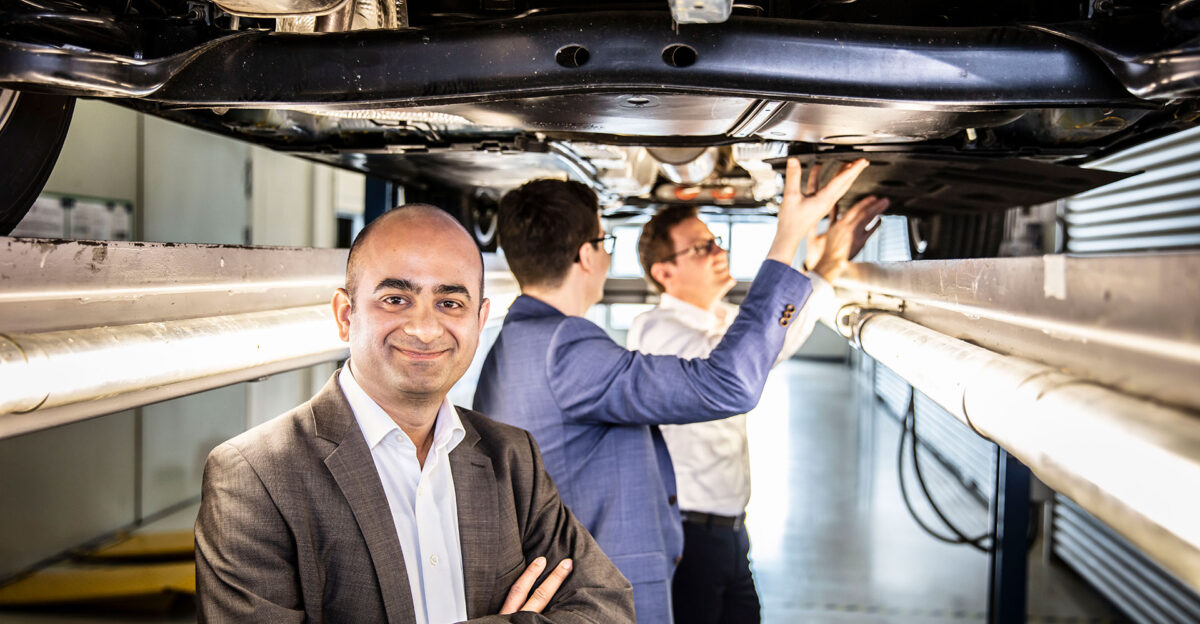
Freudenberg executives described the move as a “relocation of resources” based on efficiency, not a response to global trade barriers.
They cited better access to highways, skilled workers, and new infrastructure. The closure will consolidate production facilities under one roof in Lebanon, likely cutting operational costs.
The shift keeps the company’s U.S. operations intact while positioning it closer to Indiana’s expanding manufacturing corridor.
State Policy Power

Indiana’s economic development playbook encourages cities to compete flexibly—offering tax breaks, infrastructure help, or special zoning.
Lebanon’s success in landing Freudenberg reinforces the power of these deals. The approach has many critics, however. Opponents argue that the policy creates inequities and drains state funds lawmakers could use for schools or roads.
Supporters counter that incentives are necessary to attract industry and keep jobs from leaving the region altogether.
Shifting Ownership
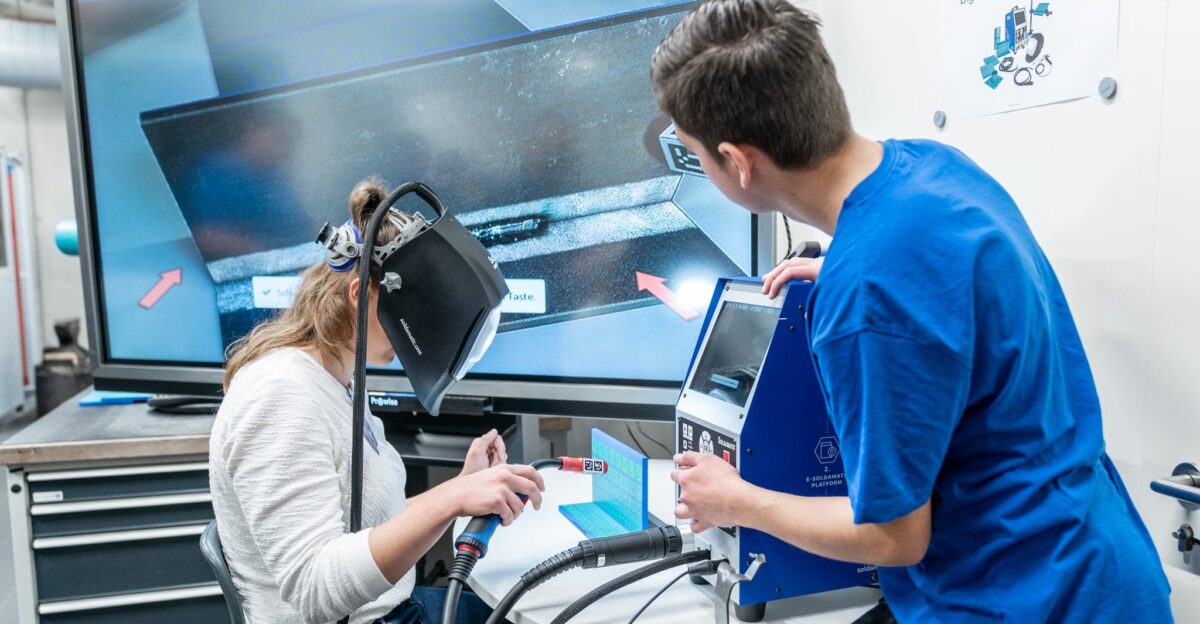
Who’s responsible for what happened depends on who you ask. Some workers blame national trade policy for destabilizing manufacturing; others blame Freudenberg for chasing profit at their expense.
Advocacy groups want state-level reforms to make incentives fairer and warn that protection for workers in such transitions remains minimal.
Corporate planning and uneven support programs help shape outcomes in communities like La Porte.
Future of Manufacturing
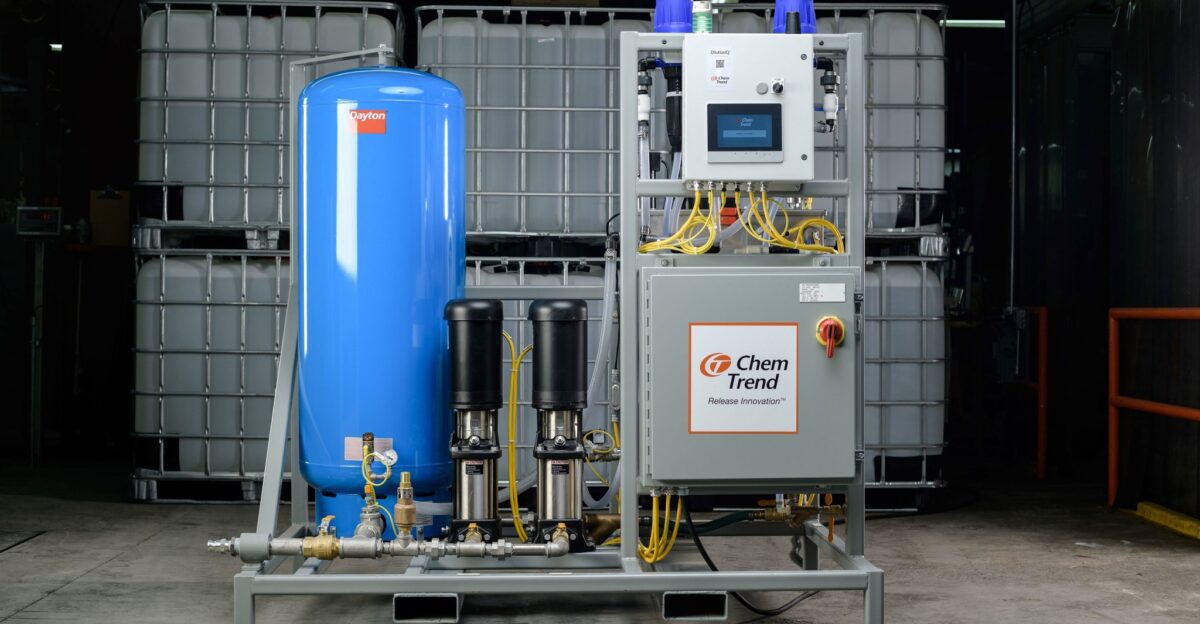
Freudenberg’s departure forces mid-sized industrial towns to confront deeper challenges. Small cities across the Midwest fear losing the manufacturing hubs that once anchored local economies.
Analysts warn that incentive-dependent relocations may leave behind hollow communities while creating growth clusters elsewhere.
Lebanon’s rise and La Porte’s loss show how quickly fortunes can reverse in the modern manufacturing landscape.
New Scrutiny

The Indiana legislature plans to reassess incentive rules after Freudenberg’s exit.
Lawmakers are considering letting cities offer retention incentives again after specific periods, to avoid losing long-standing employers.
Lawmakers scheduled hearings to examine whether better coordination across state programs could prevent similar relocations in the future.
Industry Ripples

Freudenberg’s realignment affects more than filtration. Suppliers for auto parts, fabrics, and industrial materials that served the La Porte facility may need to relocate or adjust operations.
Industry watchers note that similar sector-wide repositioning are happening across the Midwest as companies aim to protect themselves from future disruptions caused by tariffs, automation, or logistics costs.
Public Framing

After the announcement, social media debates exploded. Many people, misled by headlines, blamed federal tariffs.
Freudenberg spokespeople and local officials repeatedly clarified that logistics and state incentives—not trade wars—drove the closure. Still, public opinion remains divided.
Analysts warn that misinformation around such events can distort understanding of how complex corporate decisions actually unfold.
Past Precedents
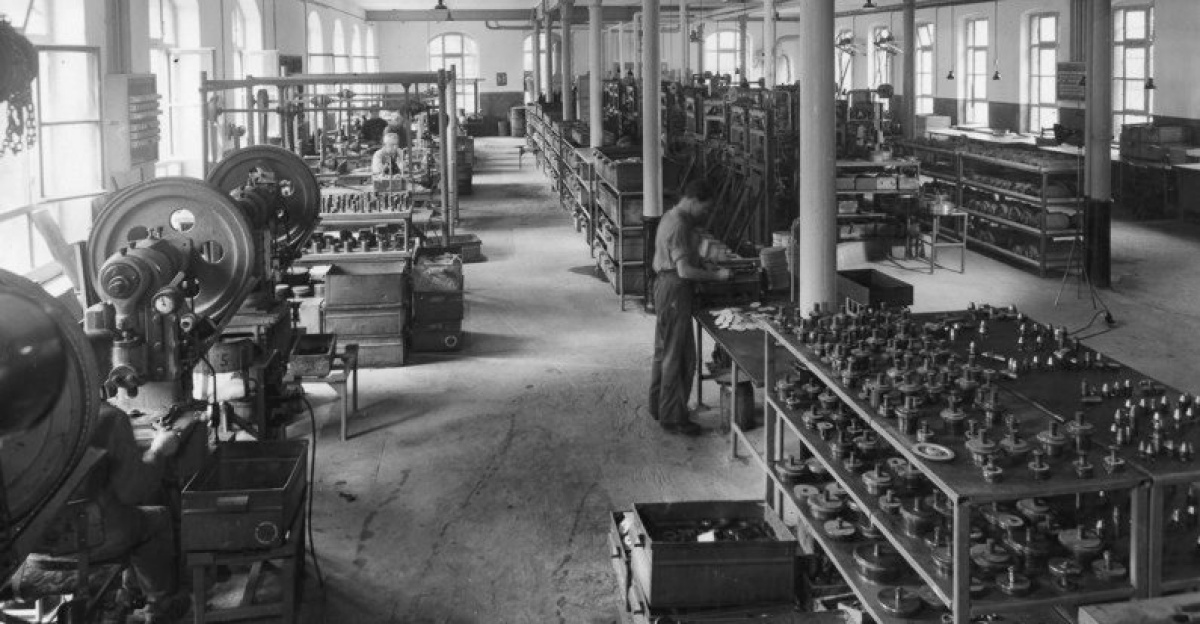
La Porte’s experience is part of a long historical cycle.
From the steel mill consolidations of the 1980s to more recent auto plant closures, Midwest towns have weathered waves of job movement and industrial transformation.
Each era brings familiar questions: how can small communities adapt? What safety nets exist for displaced workers? Will a new investment actually replace what was lost?
Economic Shift
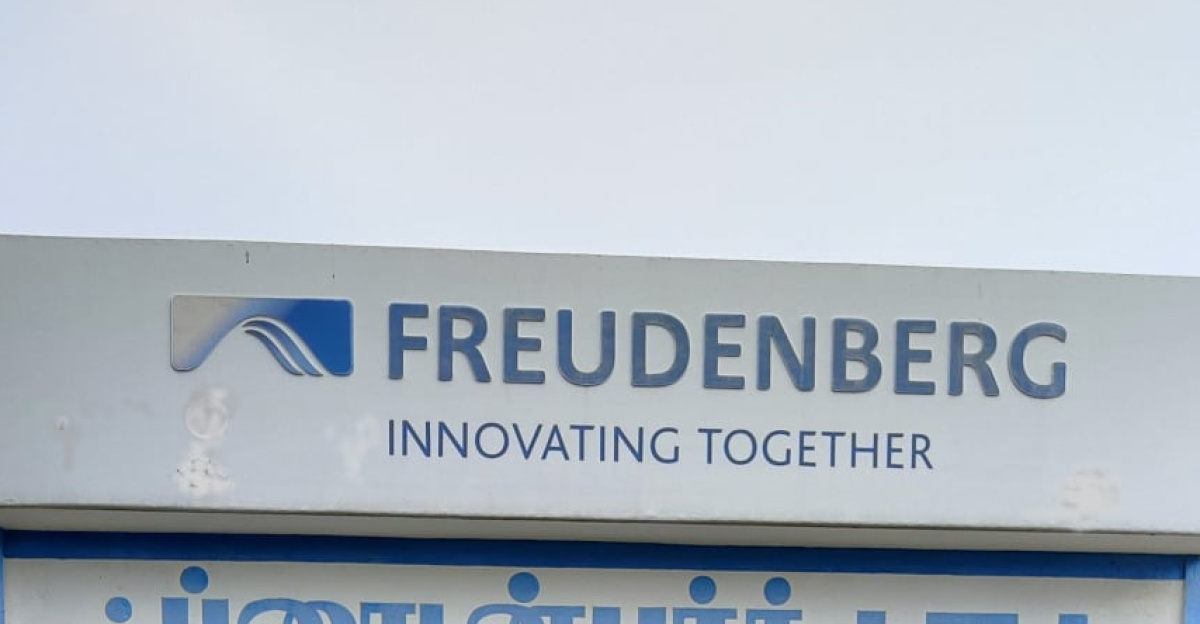
Freudenberg’s move isn’t a straightforward casualty of tariffs. It’s a story of modern corporate strategy, economic competition, and limited local leverage.
Incentives in other regions—and the promise of stronger infrastructure—were decisive. For La Porte, the closure underscores how economic policy works: while some towns thrive from state investment, others struggle as resources shift elsewhere.
The outcome raises larger questions about how Indiana, and the nation, should balance growth, fairness, and the long-term health of manufacturing communities.